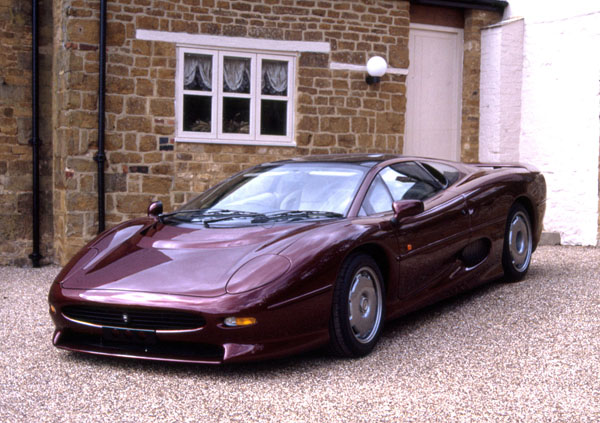
In the late 1980s, prior to being taken over by Ford, Jaguar developed a prototype mid/rear engined Jaguar known as the XJ220, the 220 being intended as a reference to the anticipated top speed. It was to be designed around Jaguar’s famous V12 engine coupled to a four-wheel drive installed in a really beautiful body.
Such a car was immediately attractive to those who could afford it so it was no surprise that even though the car had never been built, orders began to pour in at a time when the prestige car market was very buoyant.
As Jaguar Sport was then in partnership with Tom Walkinshaw he was approached to convert the prototype to a practical car. Gone was the V12 of the prototype, replaced by a turbocharged V6 developing 404 kW and in place of the four-wheel drive a standard rear-wheel drive was substituted.
This was housed in a two-seater light-alloy body with a well-balanced chassis, the whole package being capable of being driven on public roads as well as the raceway. It was an outstanding automobile which had a top speed in excess of 320 km/h and took only under four seconds to go from 0 to 96 km/h.
Unfortunately however a major recession was taking place at the time of its launch. This changed many of the intended buyers to speculators who hoped to extract themselves from a guaranteed order, including a large deposit, by wriggling out of the contract since initially there were more buyers than cars and order priorities were established.
There could not have been a worse time to launch such a car. Production ceased in 1992 after 280 cars were built. Many of these sat on dealer showroom floors until the late 1990s before finding an owner. Just as the economy began to show early signs of recovery along came the McLaren F1 to rain on its parade.








